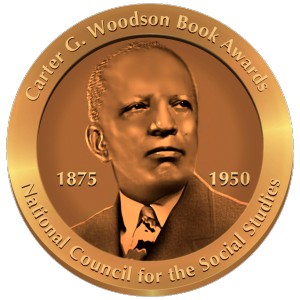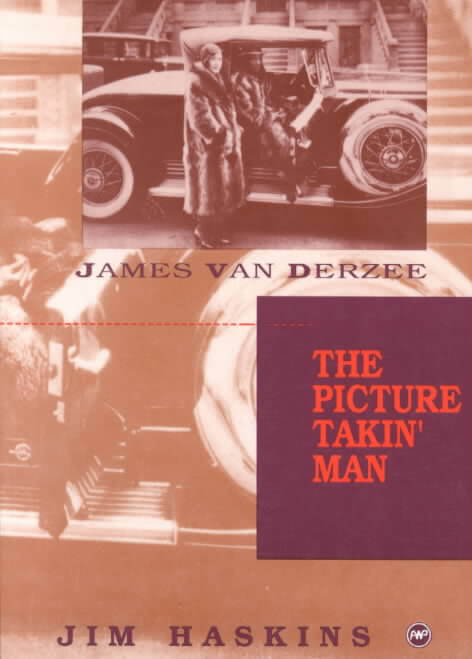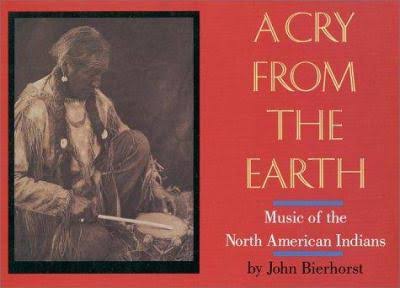Carter G. Woodson Award Winning Books
As of 2001 awards and honors are given in the following categories, Elementary (K-6), Middle (5-8), and Secondary (7-12) grade level books.
 Carter G. Woodson Seal
Carter G. Woodson Seal
The National Council for the Social Studies (NCSS) established the Carter G. Woodson Book Awards for the most distinguished books appropriate for young readers that depict ethnicity in the United States. First presented in 1974, this award is intended to “encourage the writing, publishing, and dissemination of outstanding social studies books for young readers that treat topics related to ethnic minorities and race relations sensitively and accurately.” Books relating to ethnic minorities and the authors of such books rarely receive the recognition they merit from professional organizations. By sponsoring the Carter G. Woodson Awards, NCSS gives wide recognition to and encourages these authors and publishers. Here is a printable list of all the award winning books. Learn more at NCSS’s website.
Also check out our list of Top 100+ Recommended African-American Children’s Books, some are also CSK Award winning titles.
3 Award Winning and Honored Books for 1980
Outstanding Merit
James Van Derzee: The Picture-Takiní Man
by James Haskins
Dodd, Mead and Company (May 01, 1984)
Fiction, Hardcover, 256 pages
Target Age Group: Middle Grade
More Info
A biography of the black photographer who has received acclaim for his prints of Harlem.
Outstanding Merit
A cry from the earth: Music of the North American Indians
by John Bierhorst
Fiction, Hardcover, 113 pages
Target Age Group: Middle Grade
More Info
An overview of Indian music and dance which includes a discussion of their instruments, the structure of their music, and the uses of music in Indian life.
Award Winner
War Cry on a Prayer Feather: Prose and Poetry of the Ute Indians
by Nancy Wood
Poetry, Hardcover, 108 pages
Target Age Group: Middle Grade
More Info
Criminal Justice in the United States is in the midst of momentous changes: an era of low crime rates not seen since the 1960s, and a variety of budget crunches also exerting profound impacts on the system. This is the first book available to chronicle these changes and suggest a new, emerging model to the Criminal Justice system, emphasizing: collaboration across agencies previously viewed as relatively autonomous a focus on location problems and local solutions rather than a widely shared understanding of crime or broad application of similar interventions a deep commitment to research which guides problem assessment and policy formulation and intervention. Ideal for use in graduate, as well as undergraduate capstone courses.



